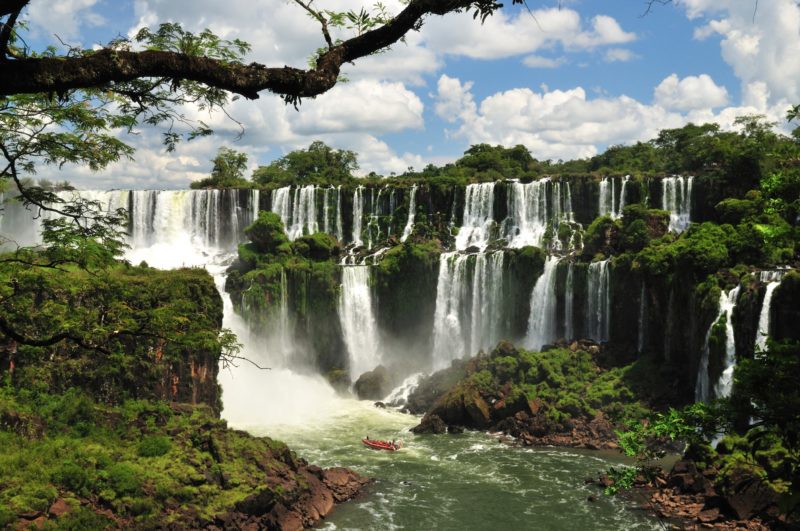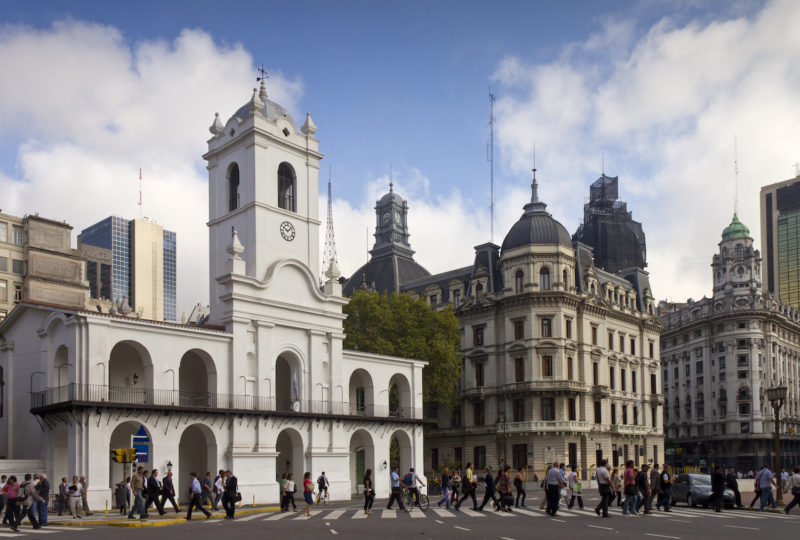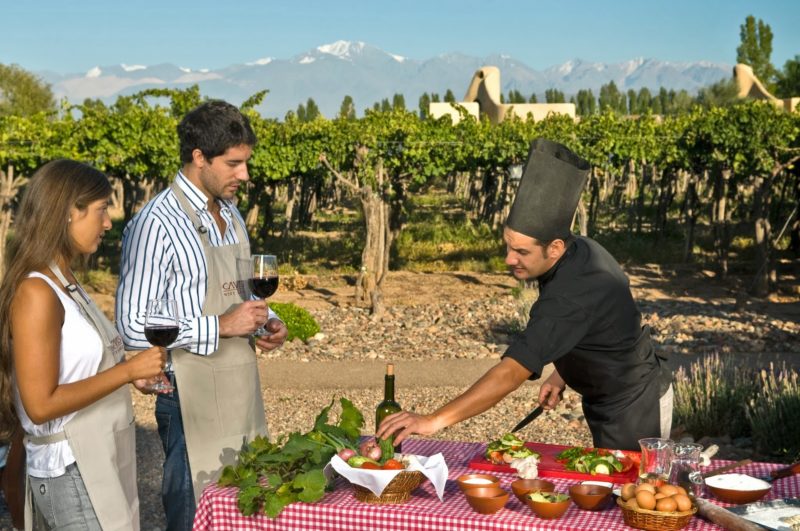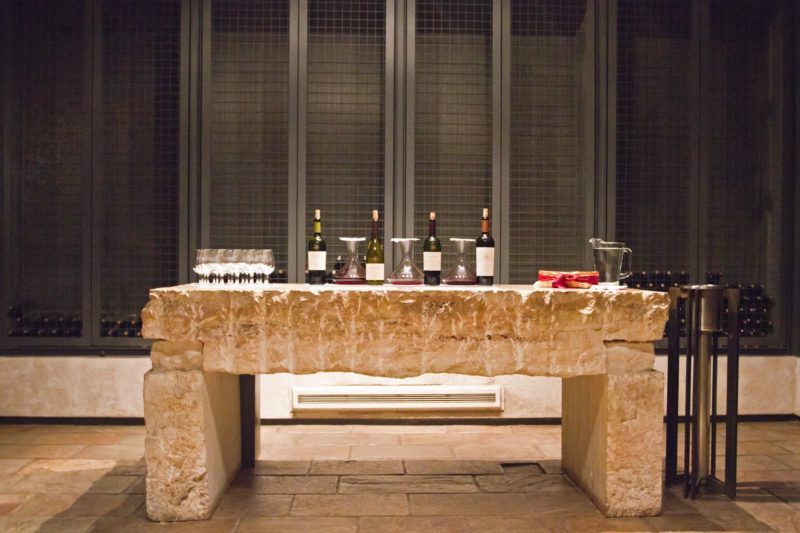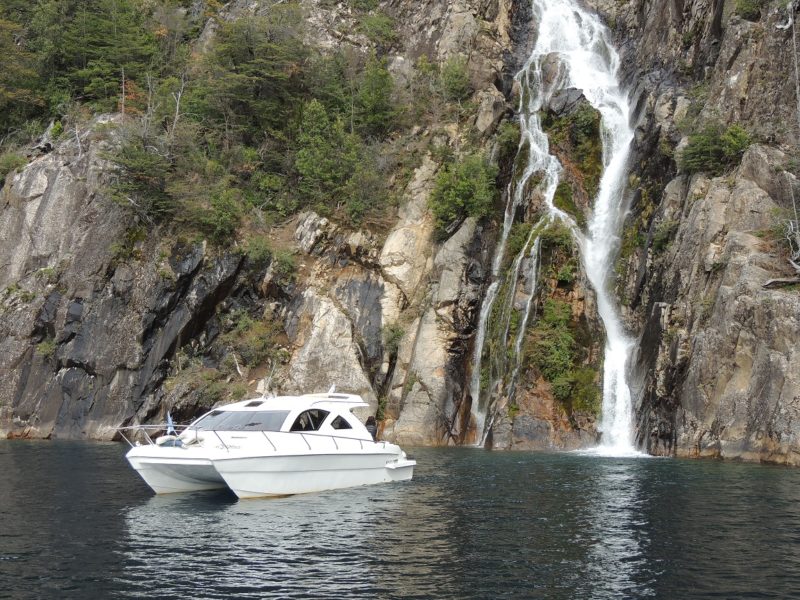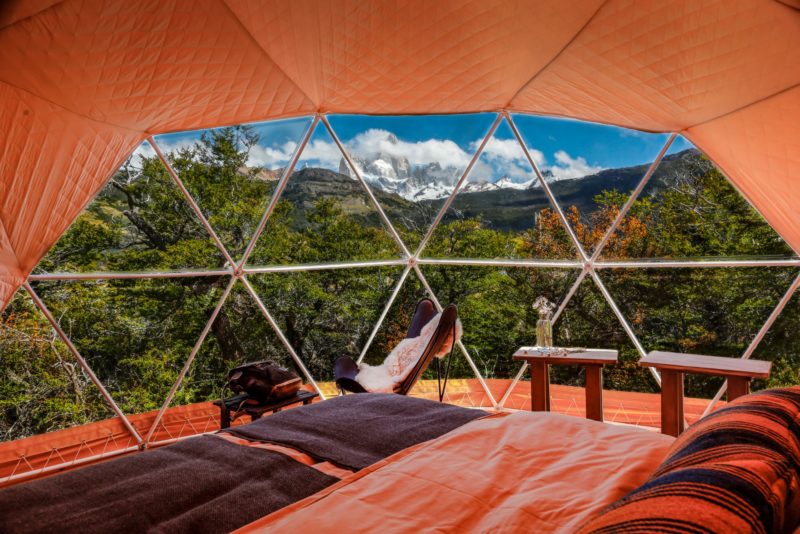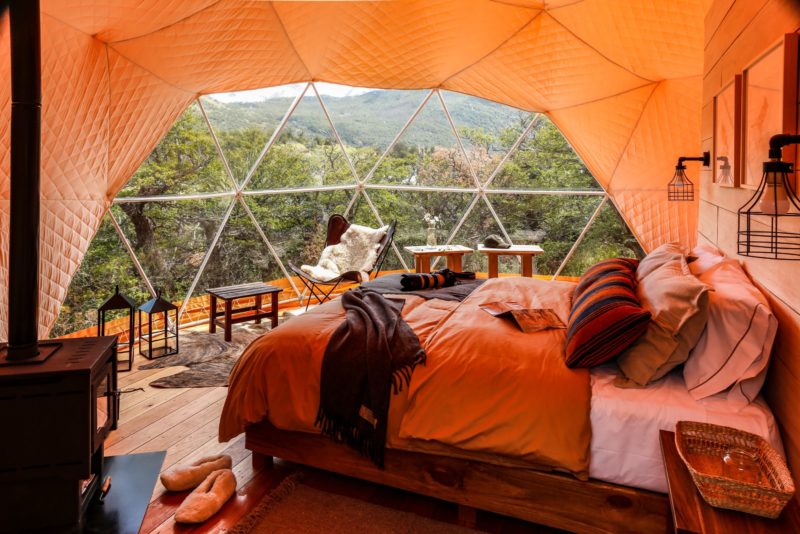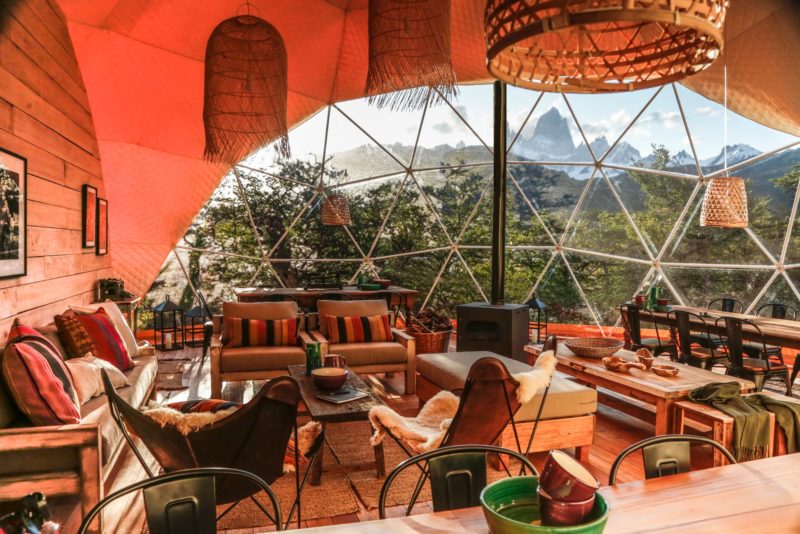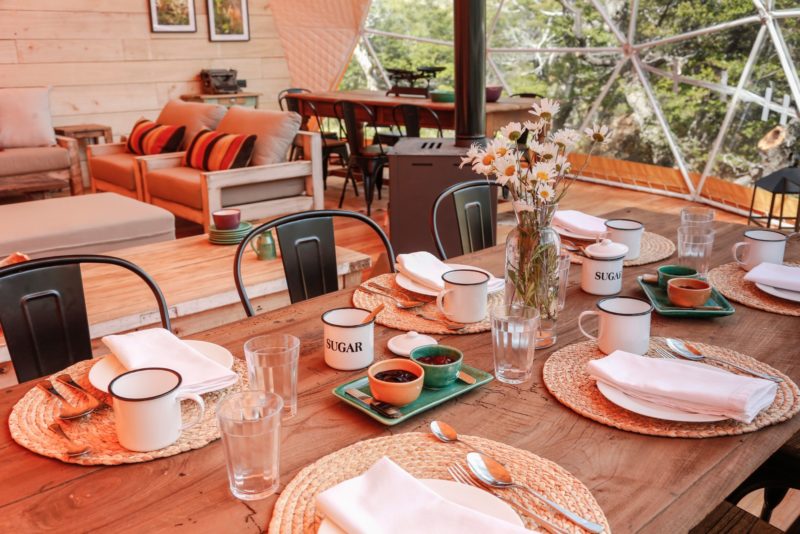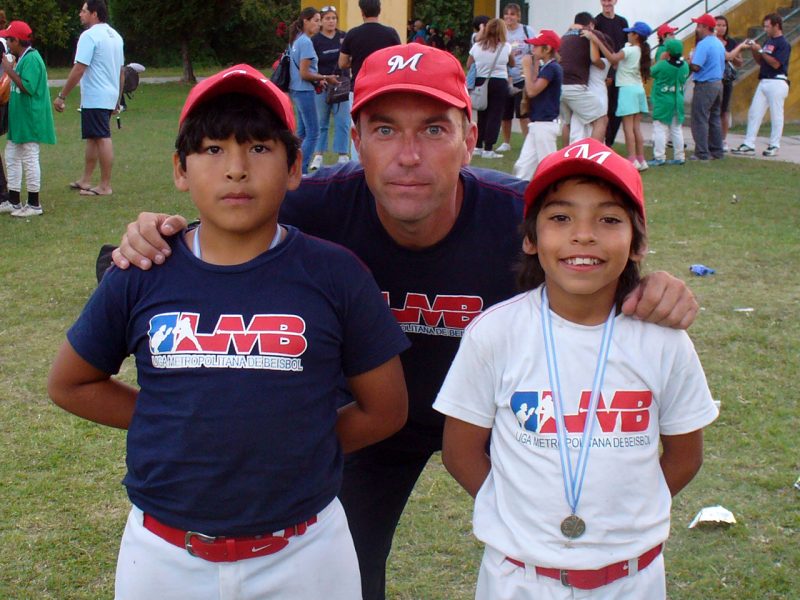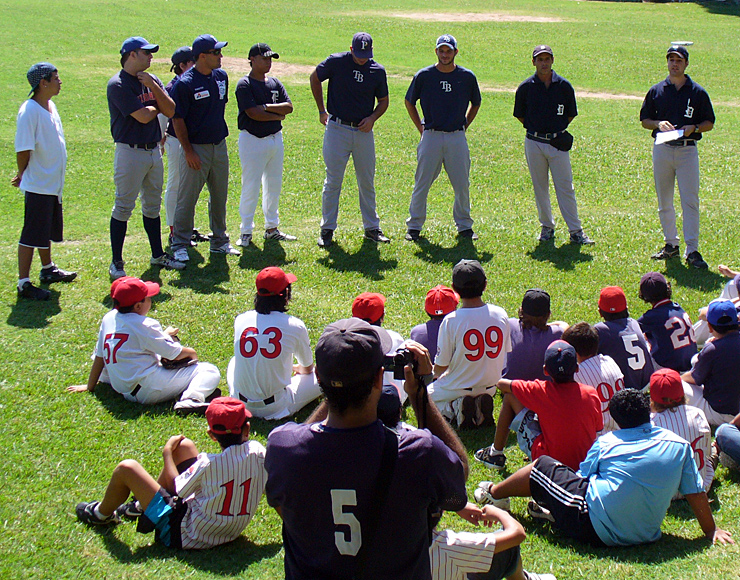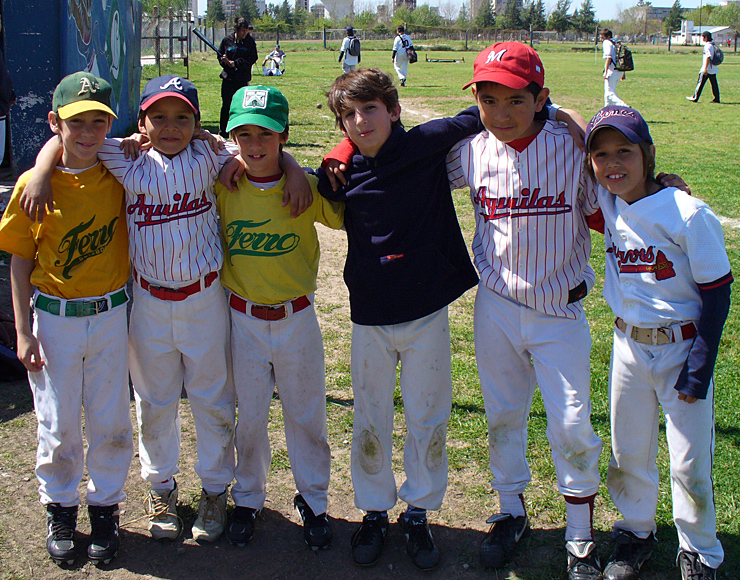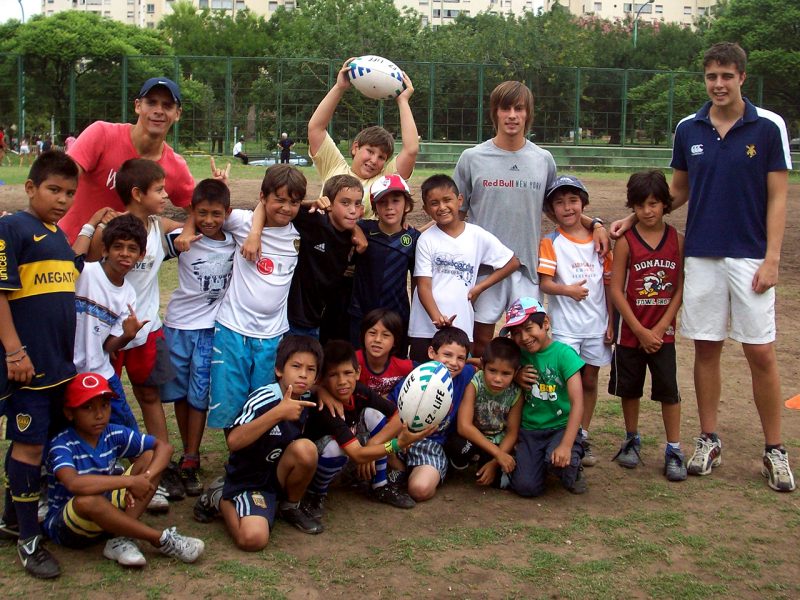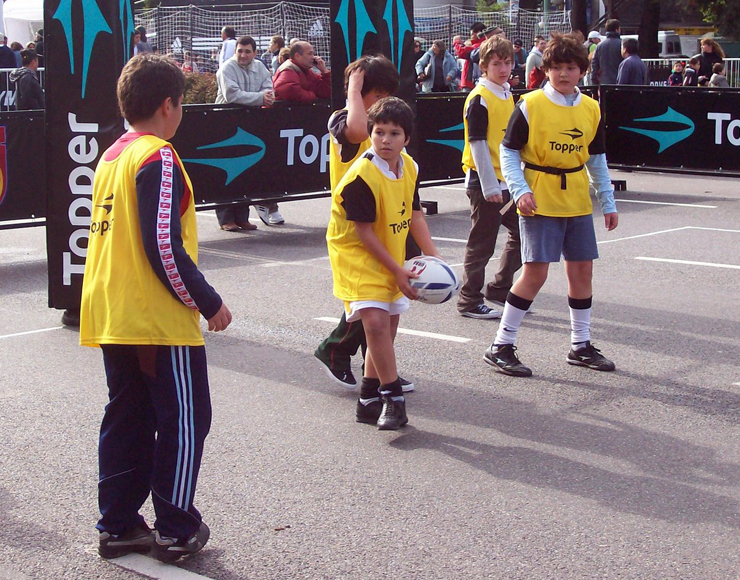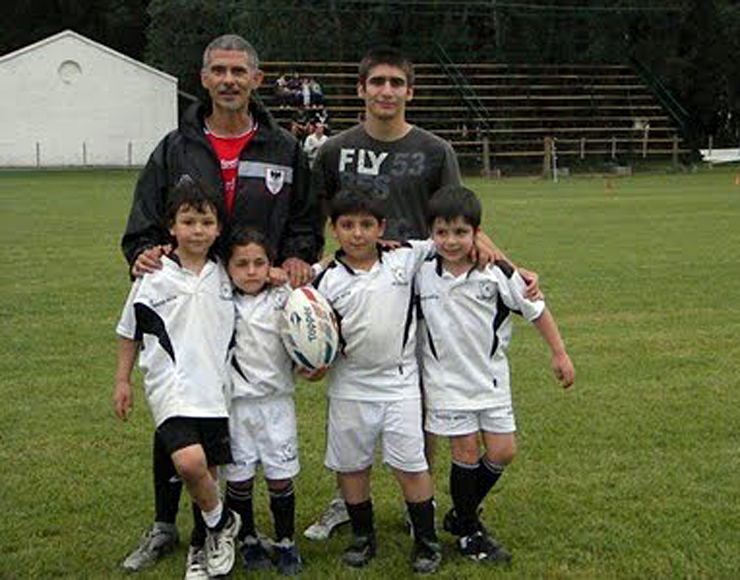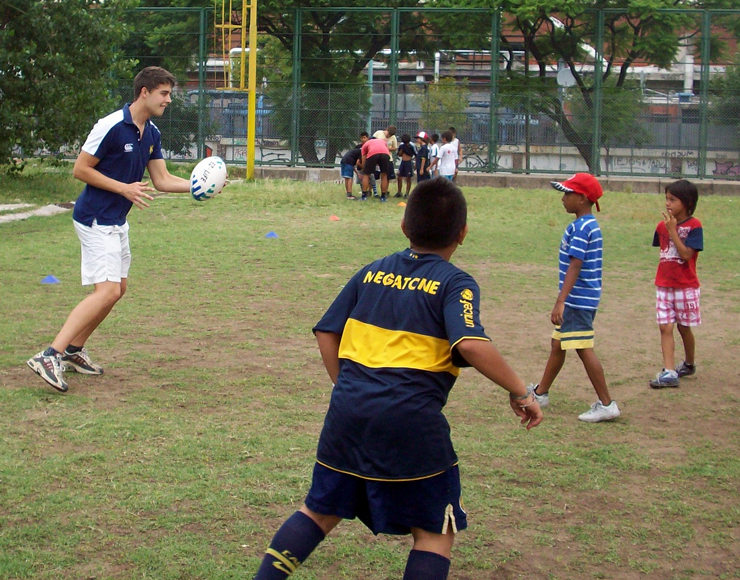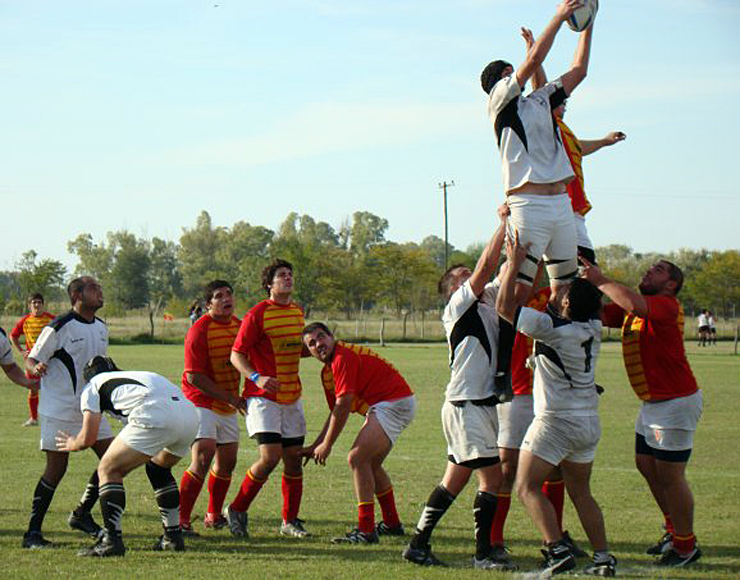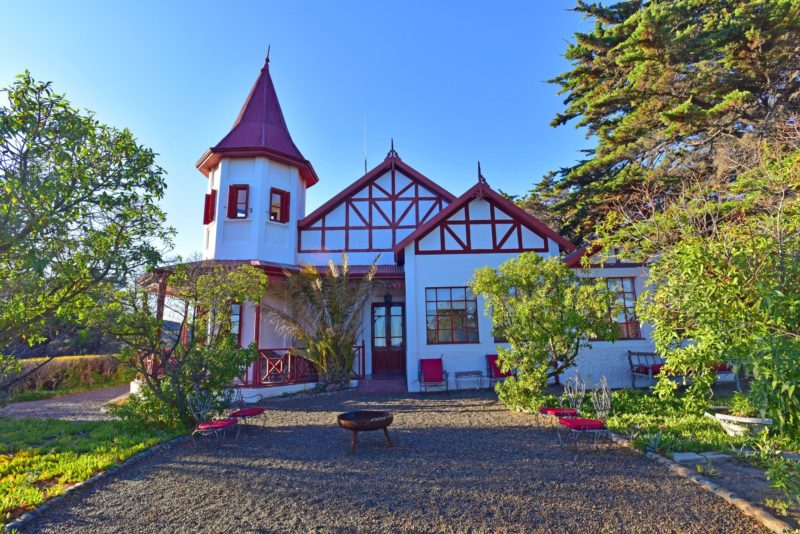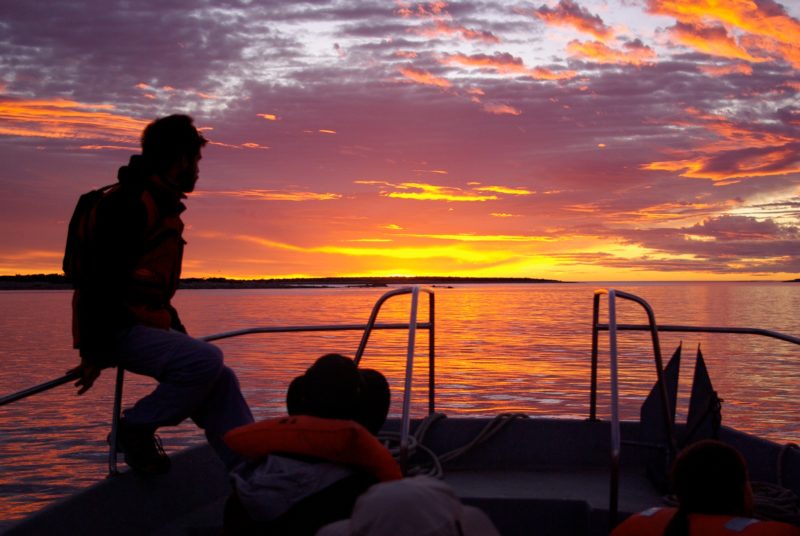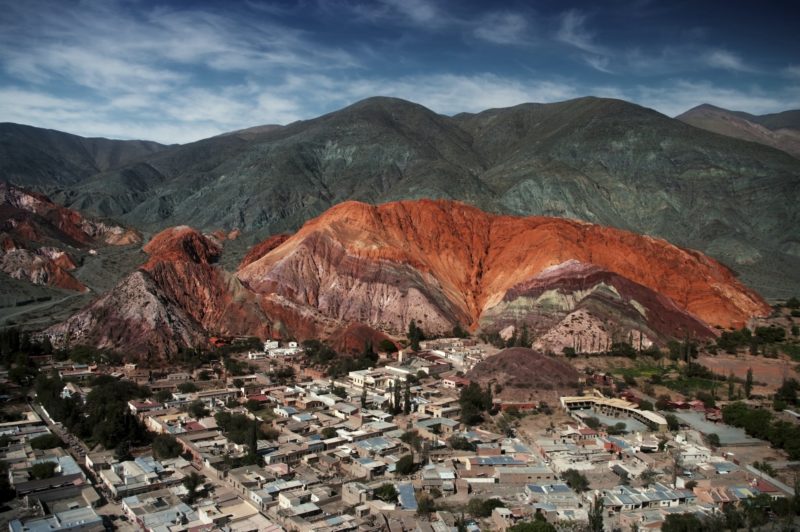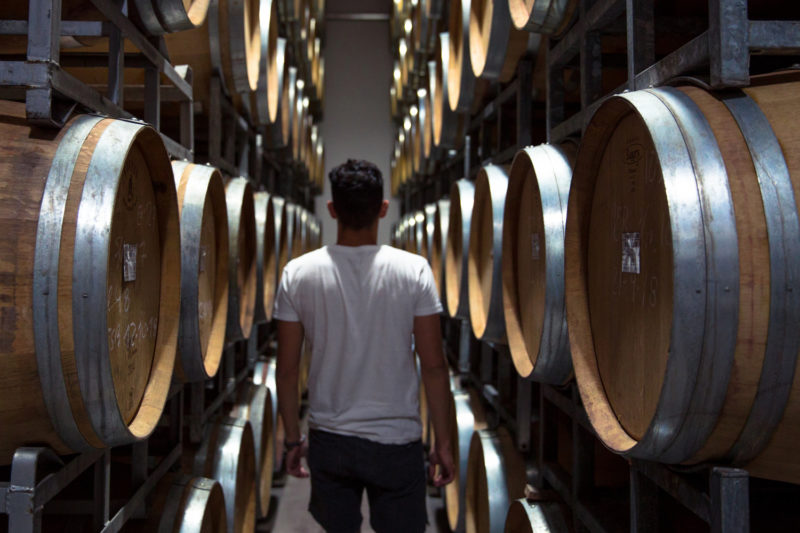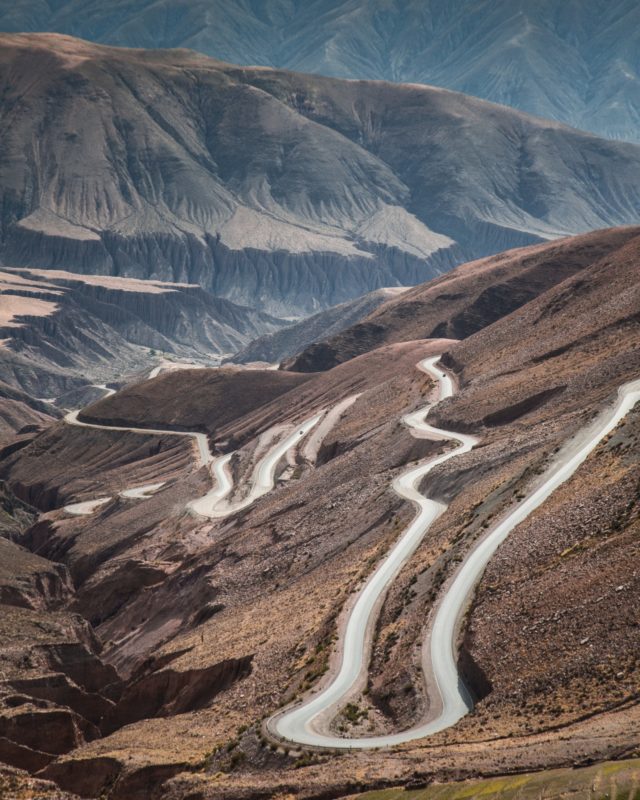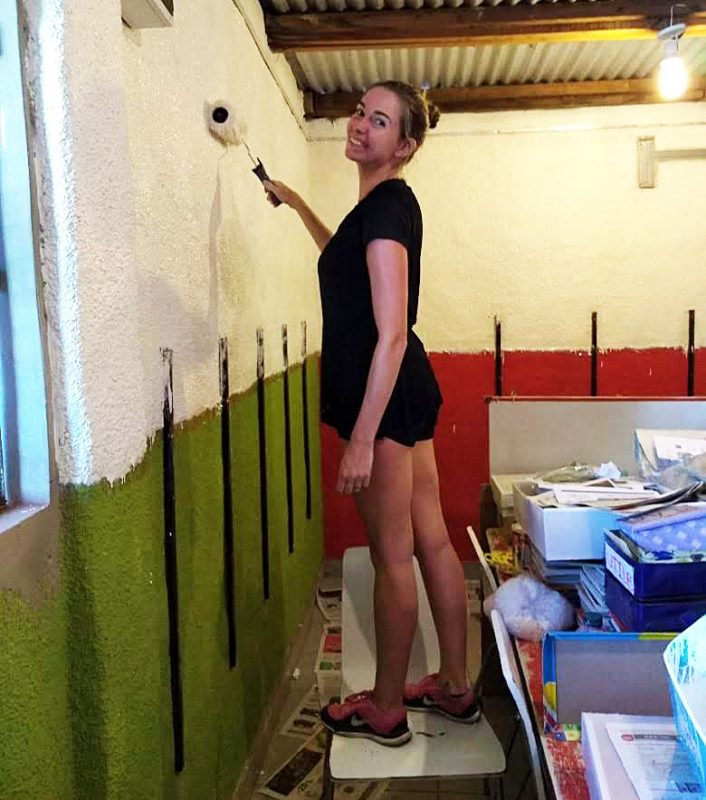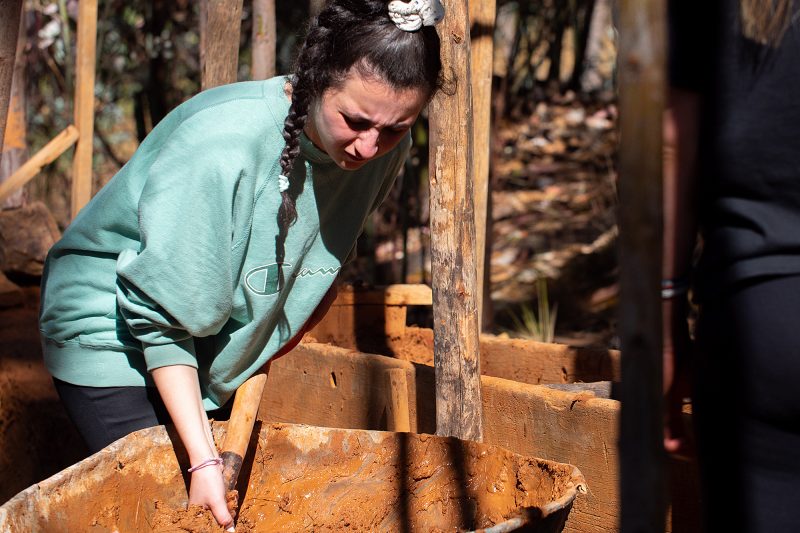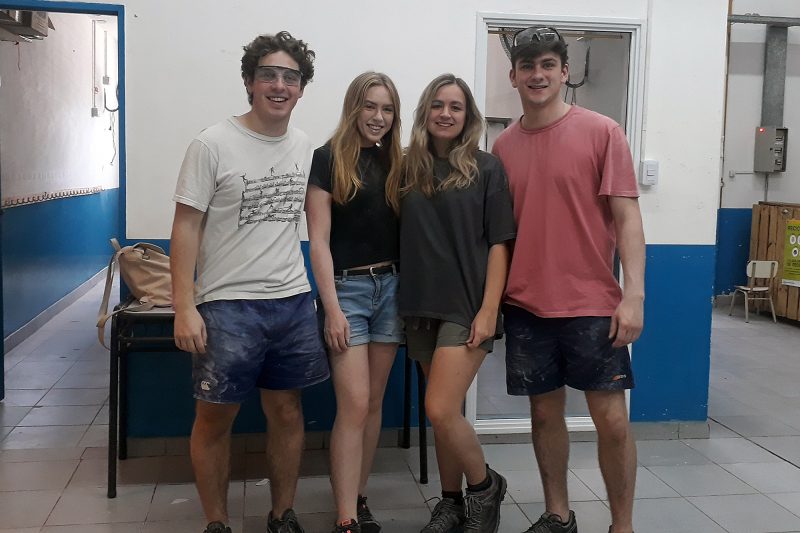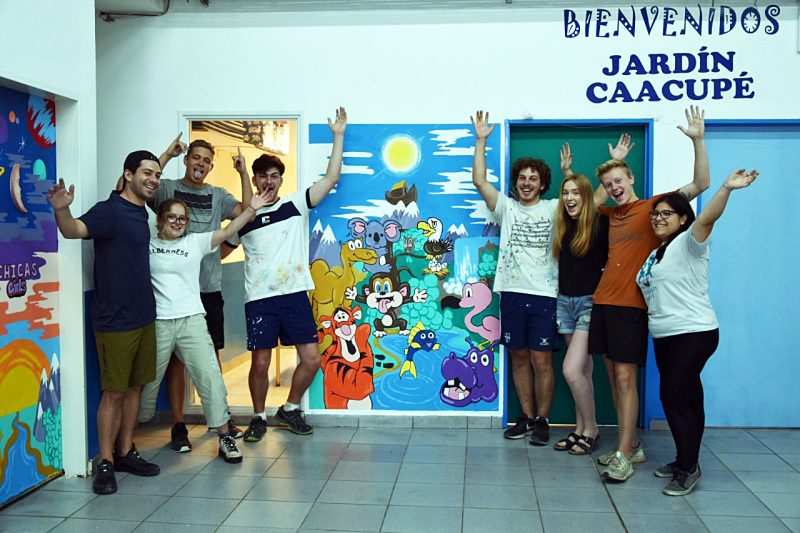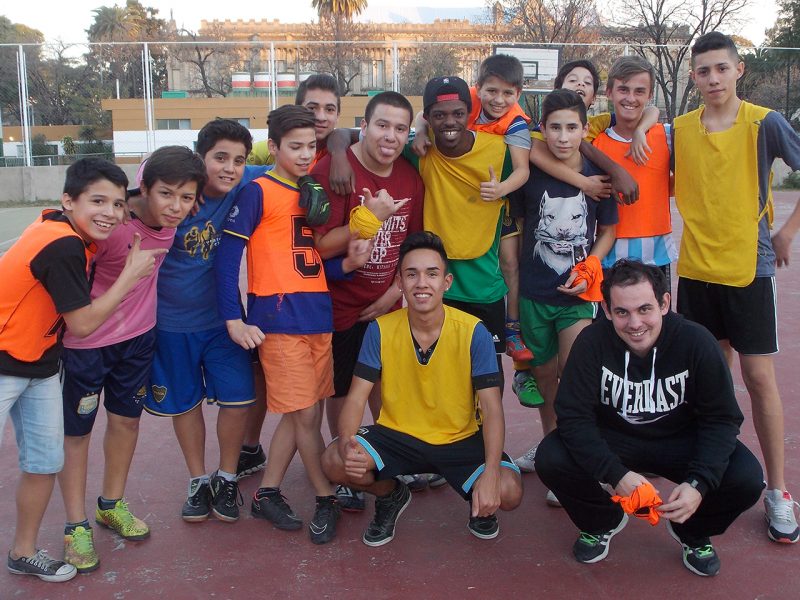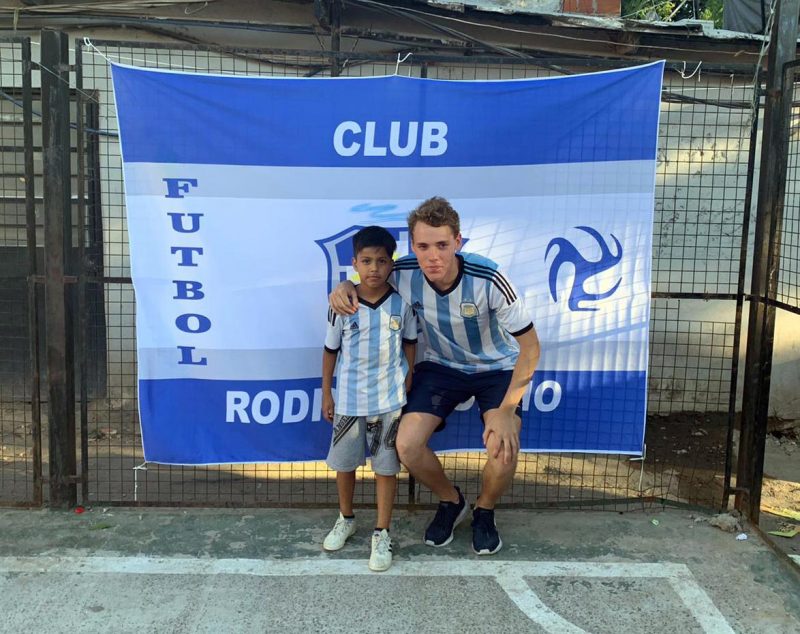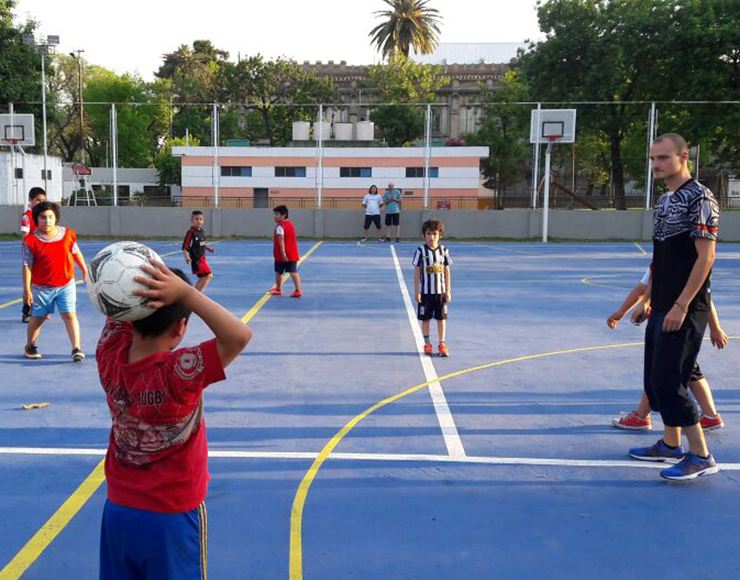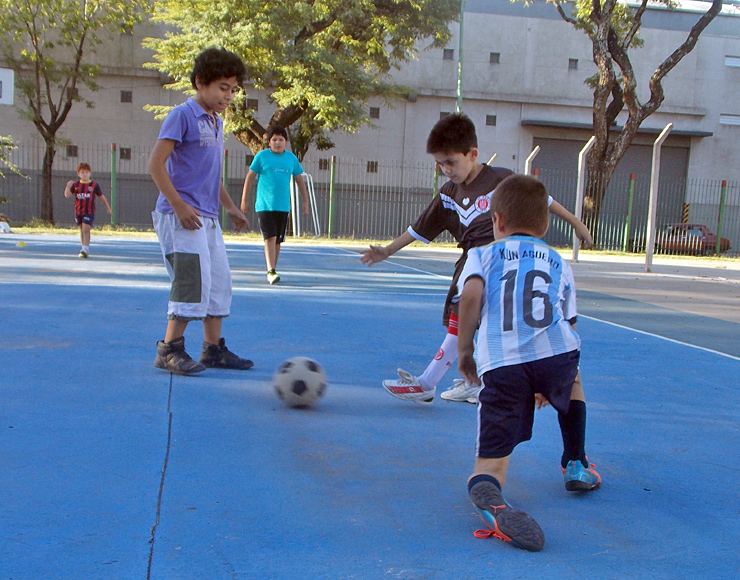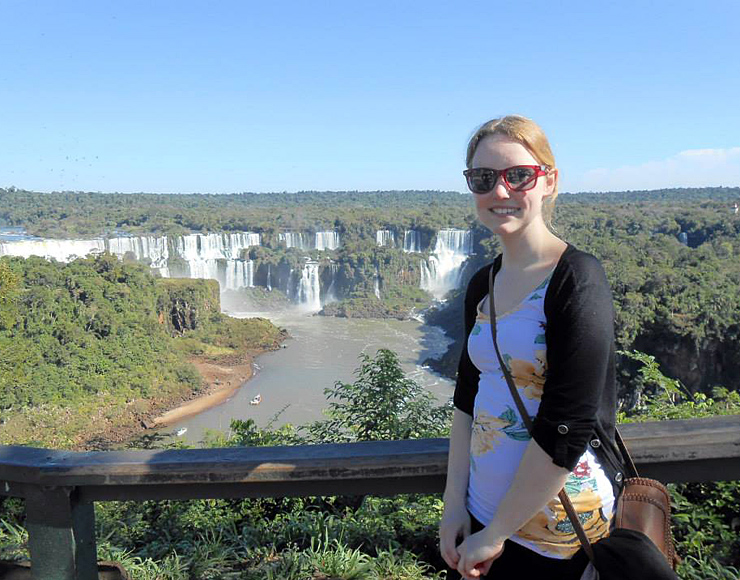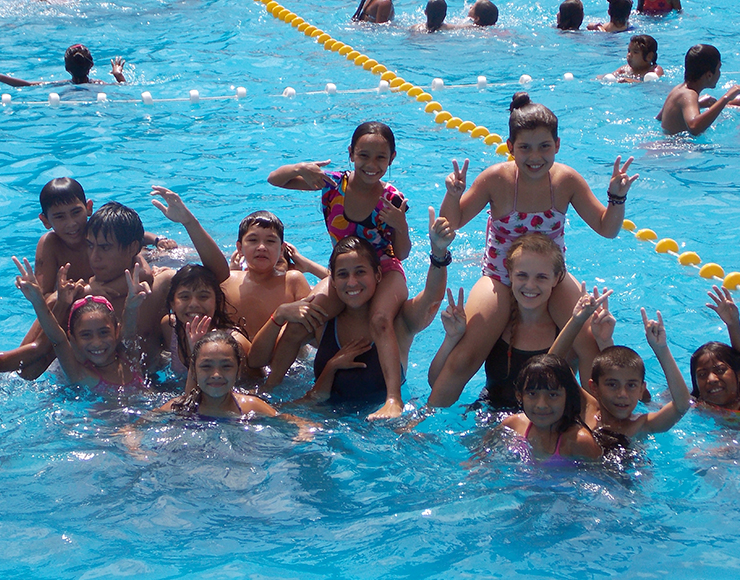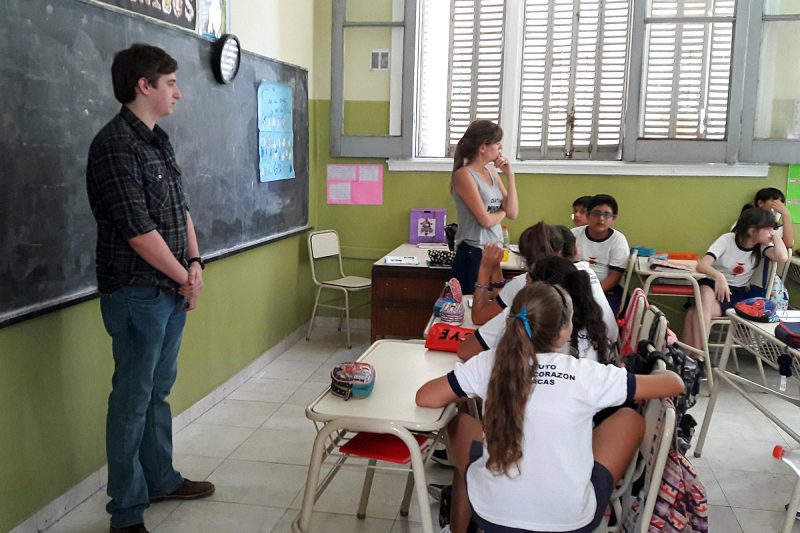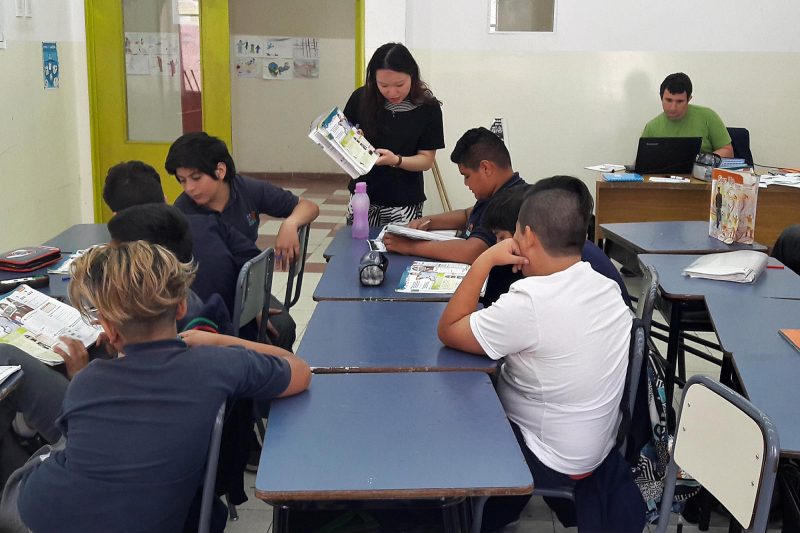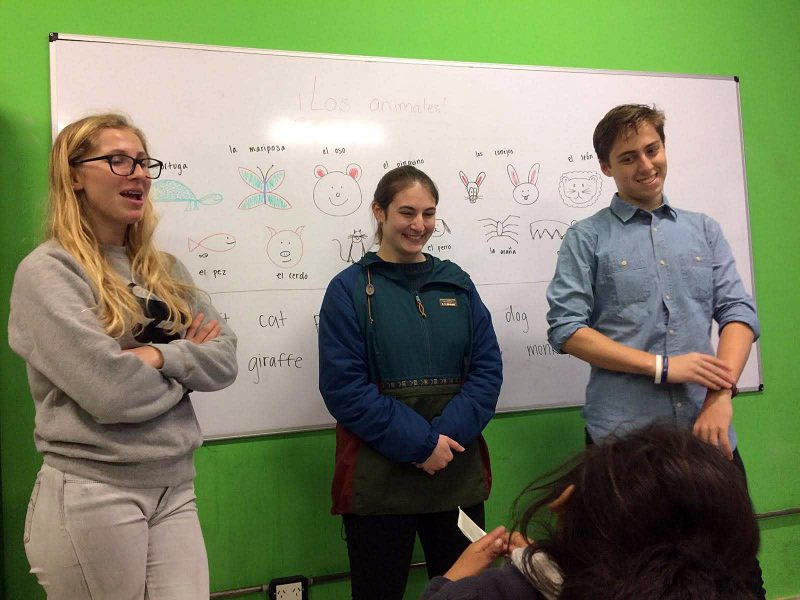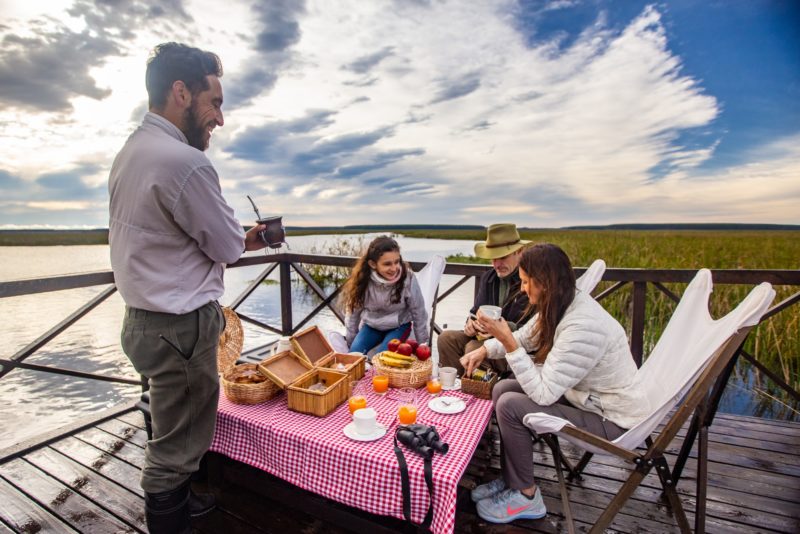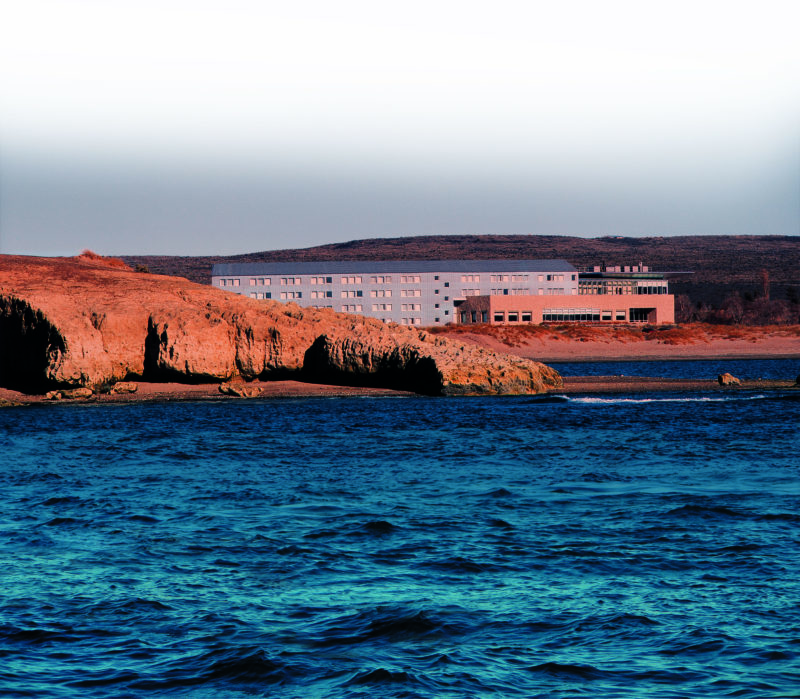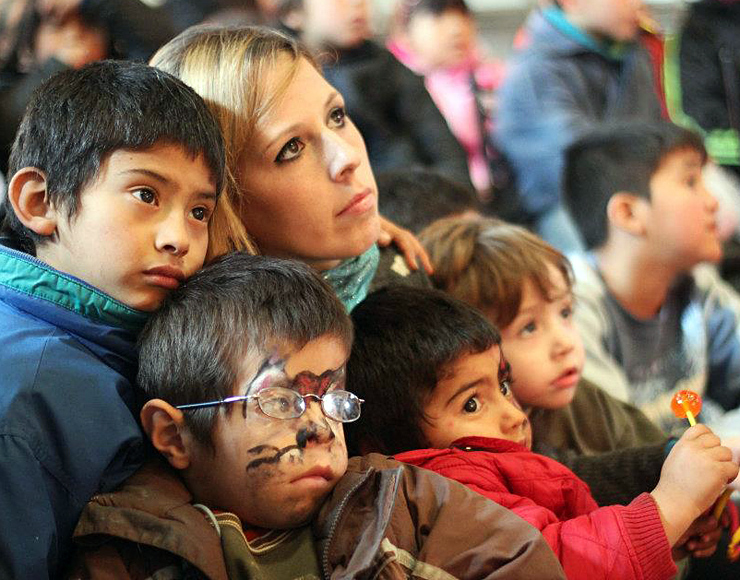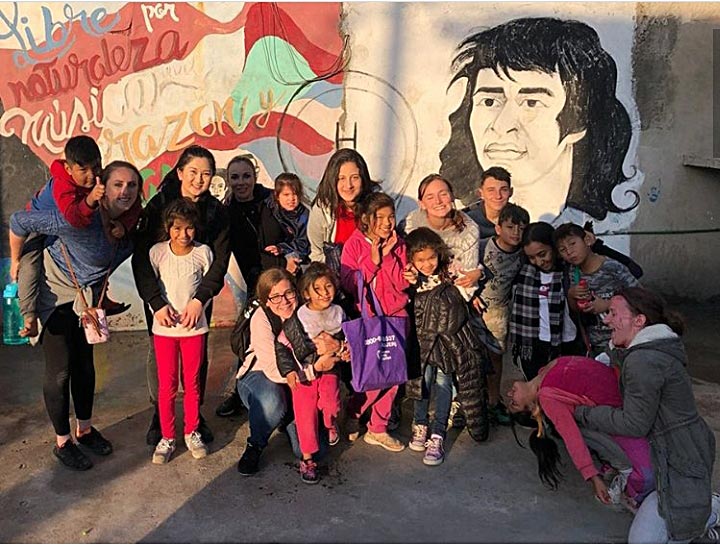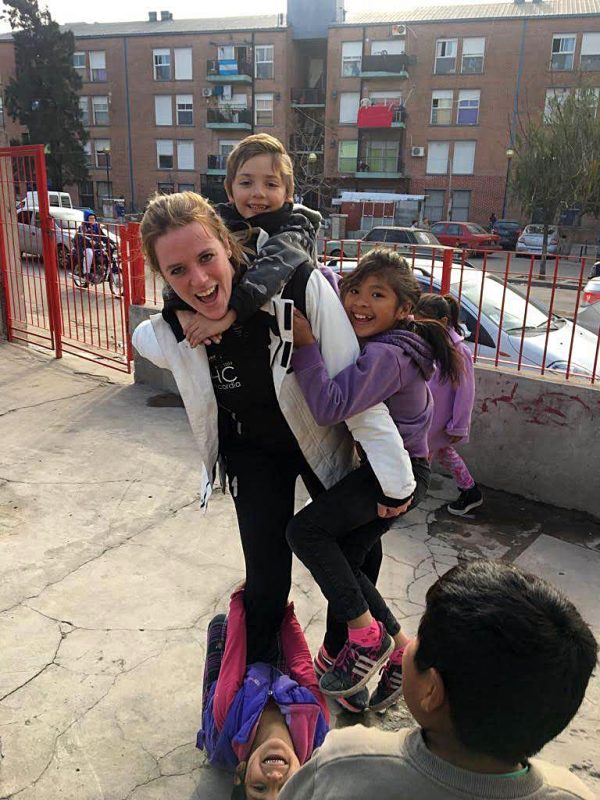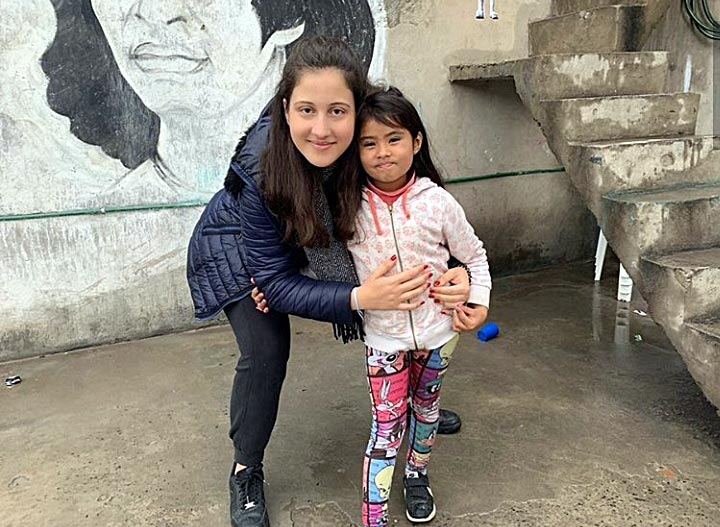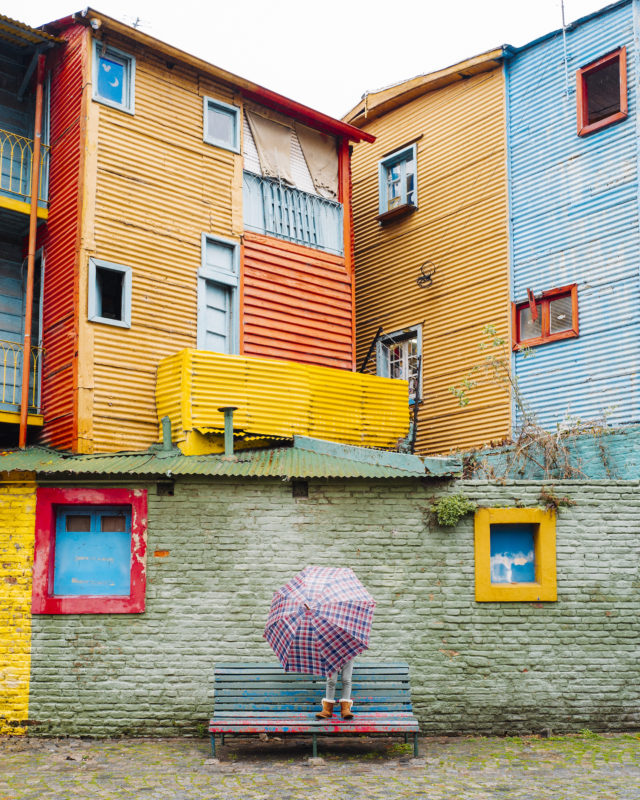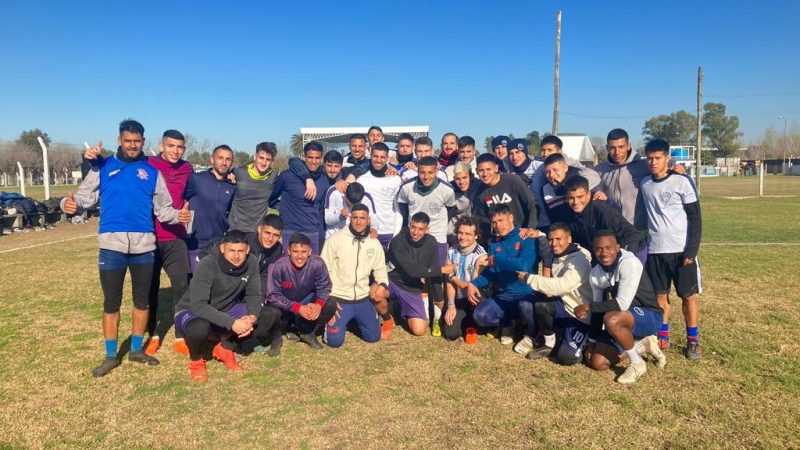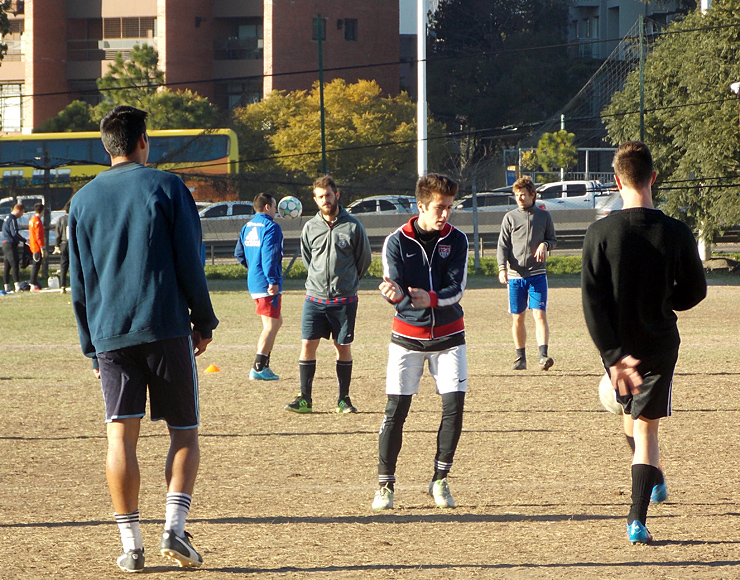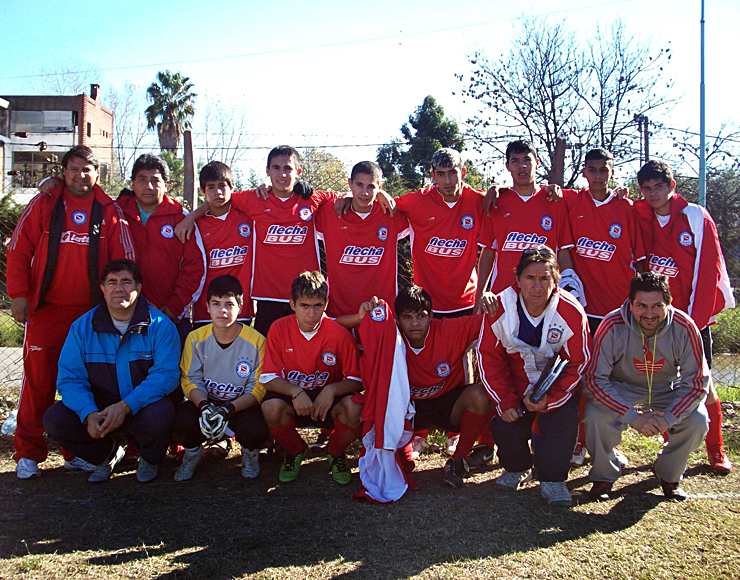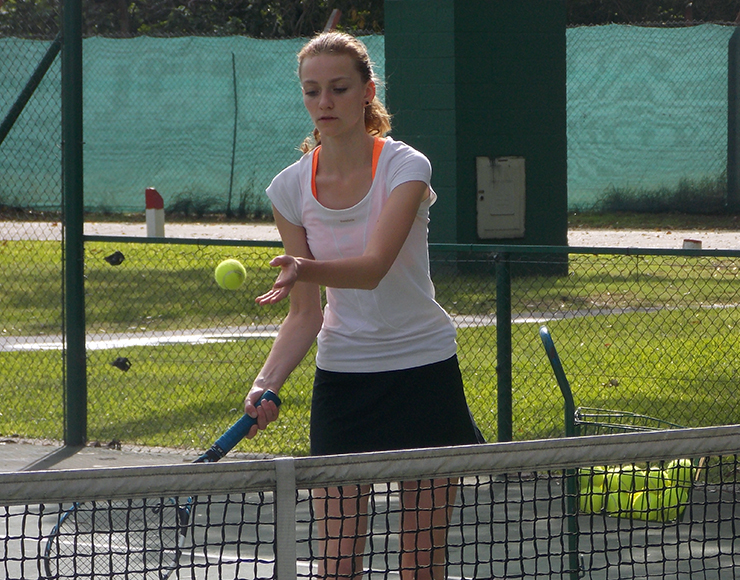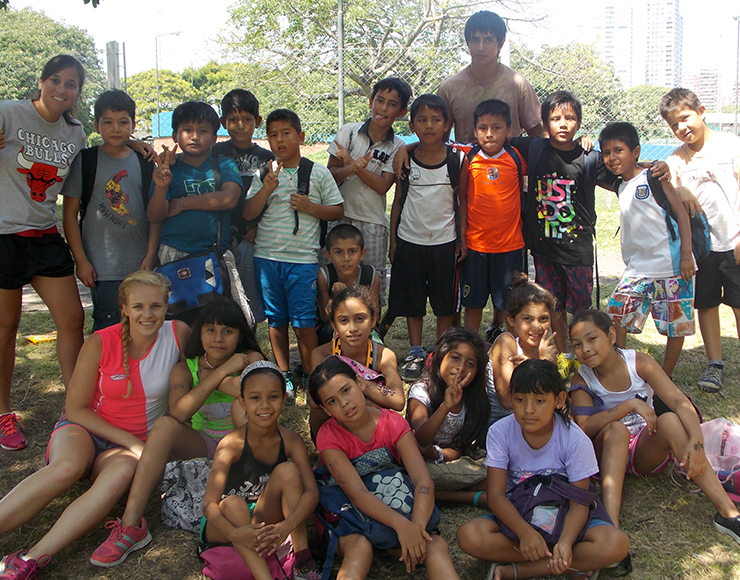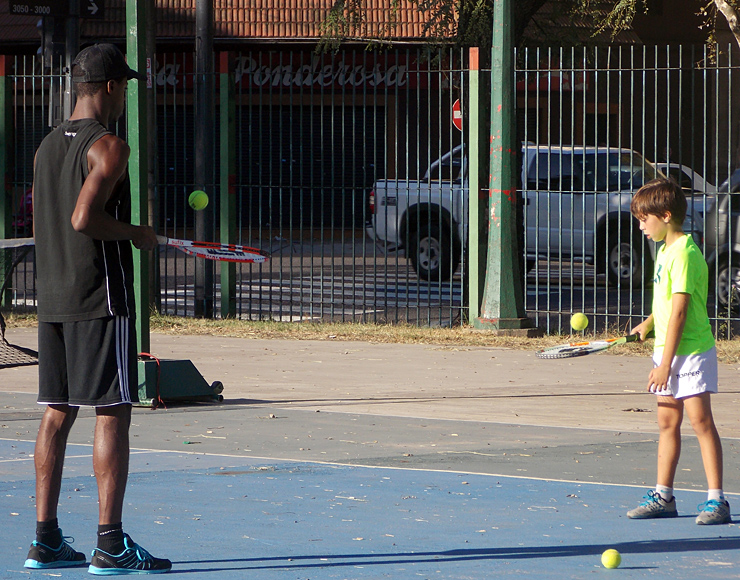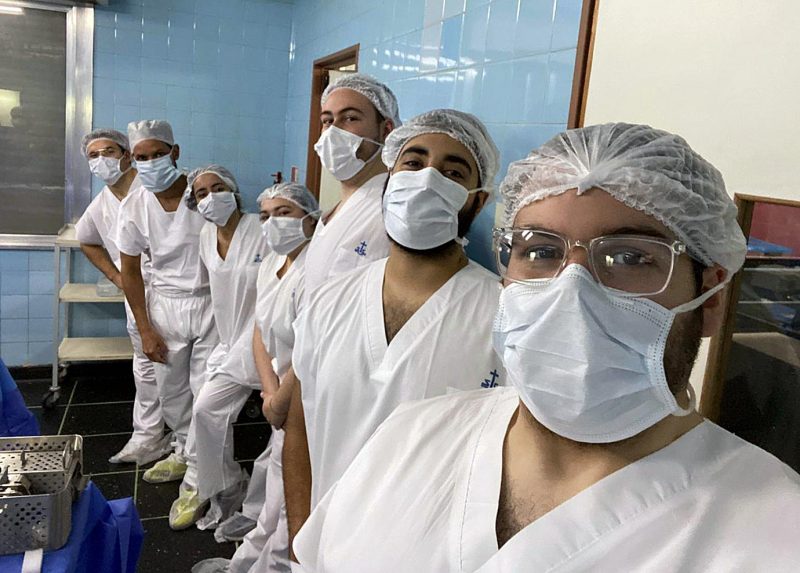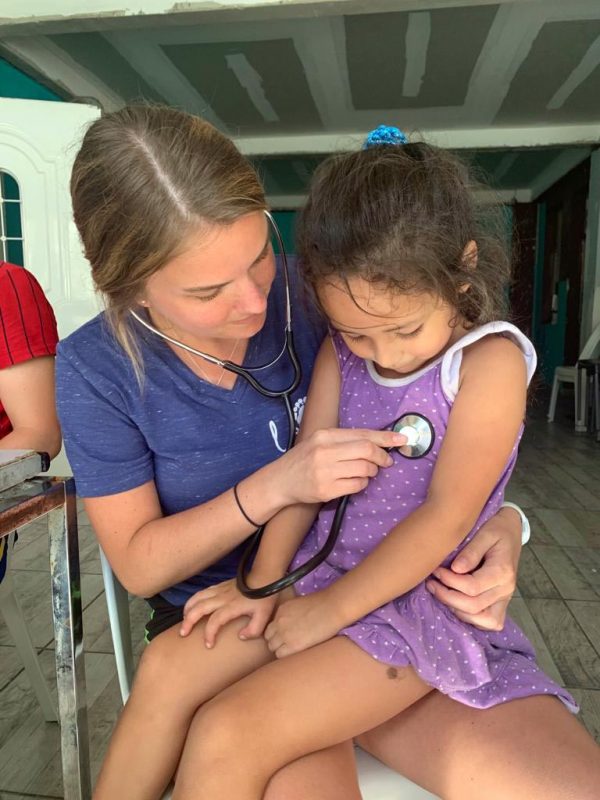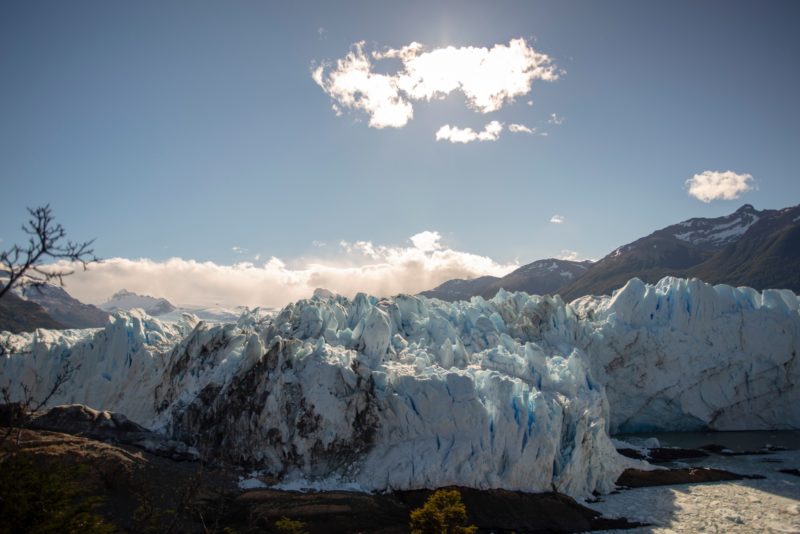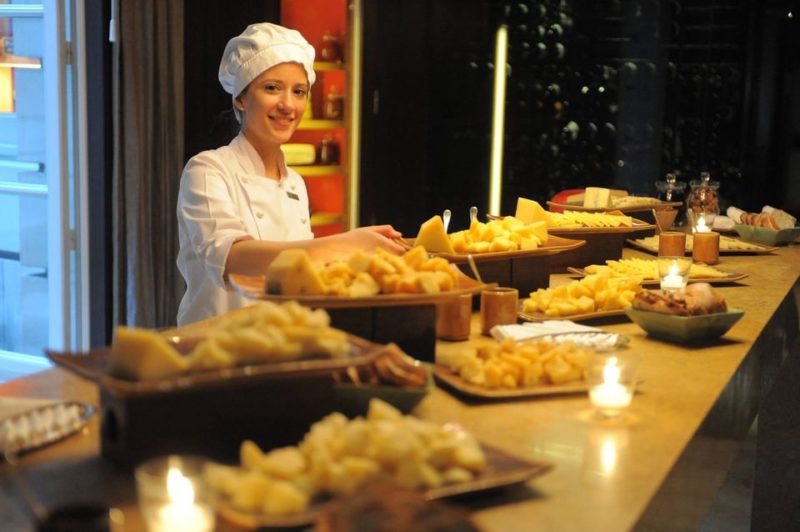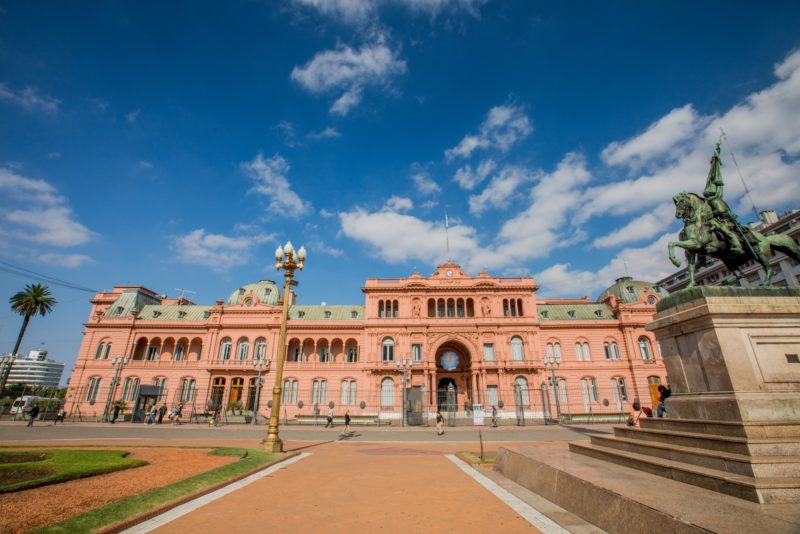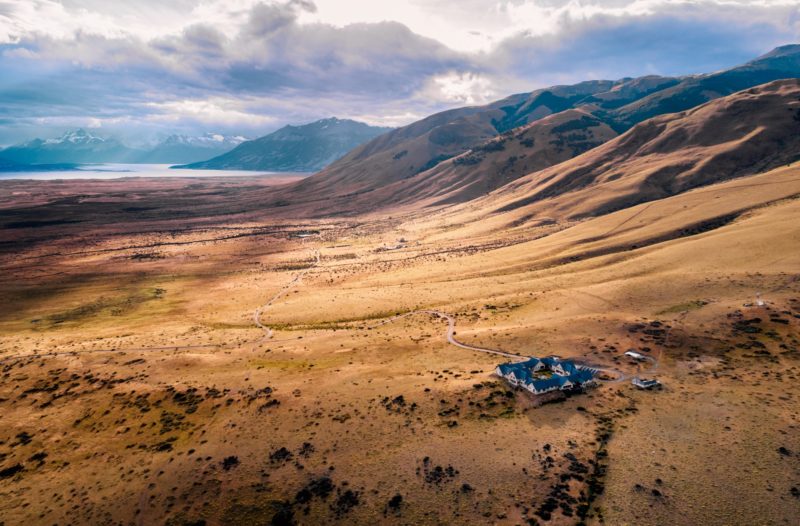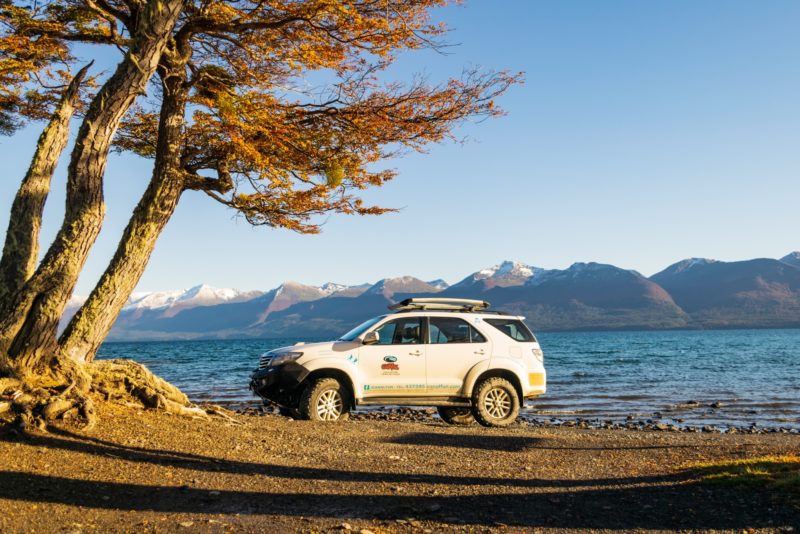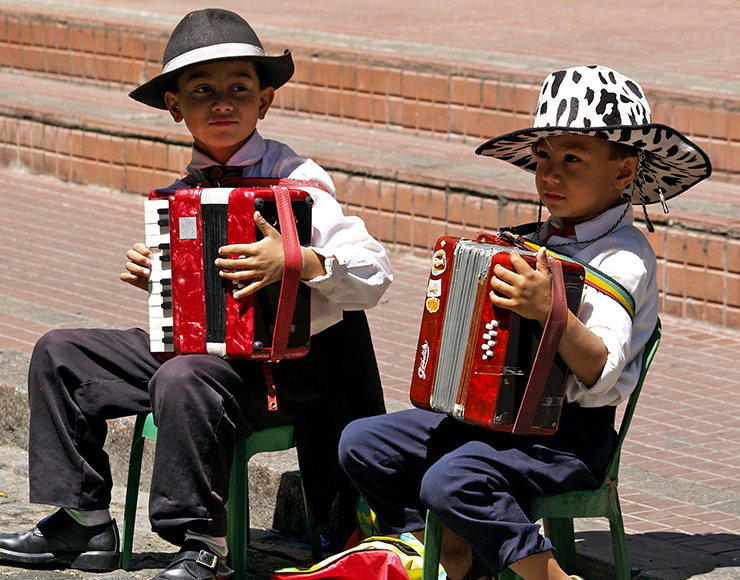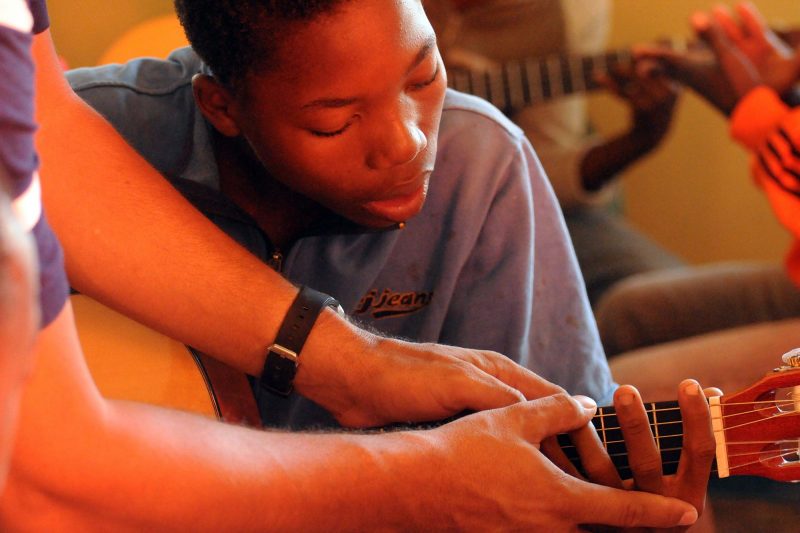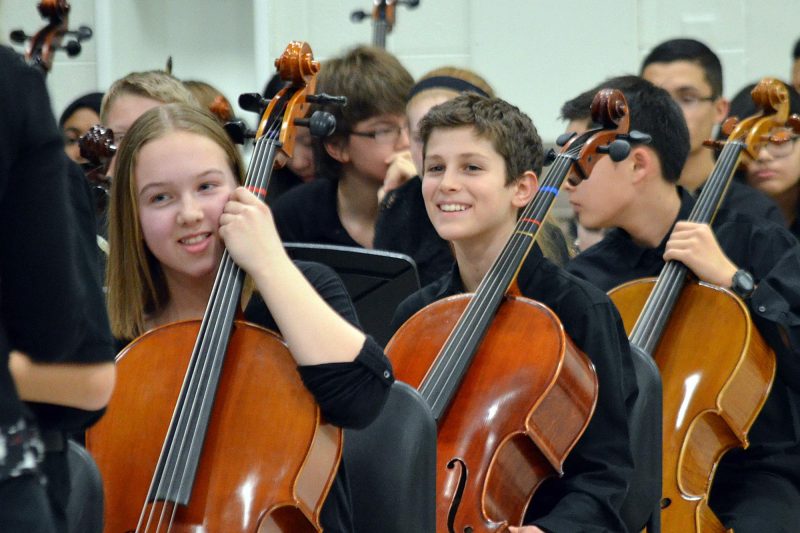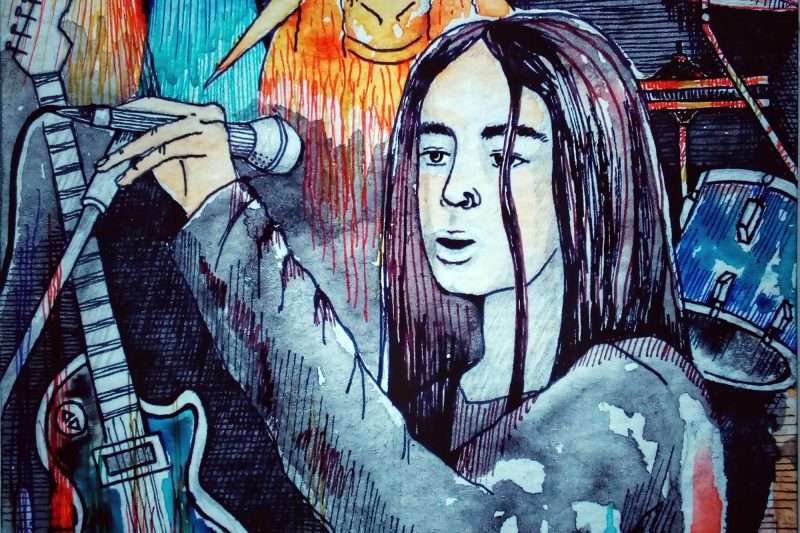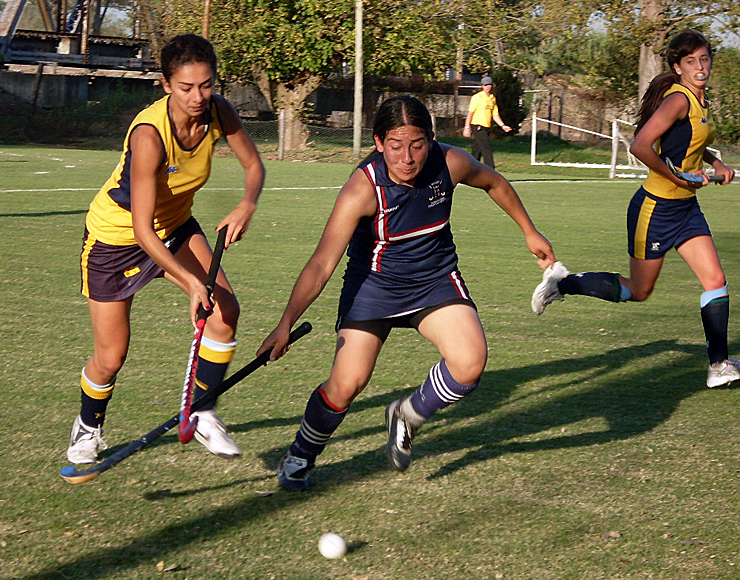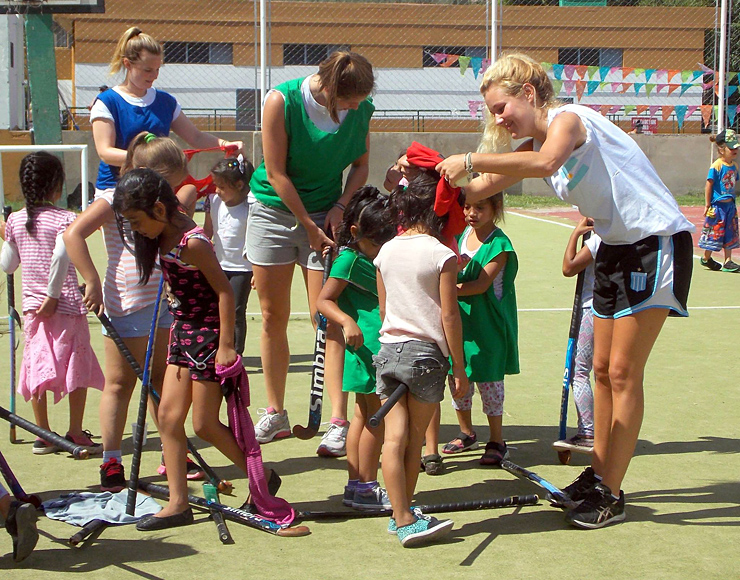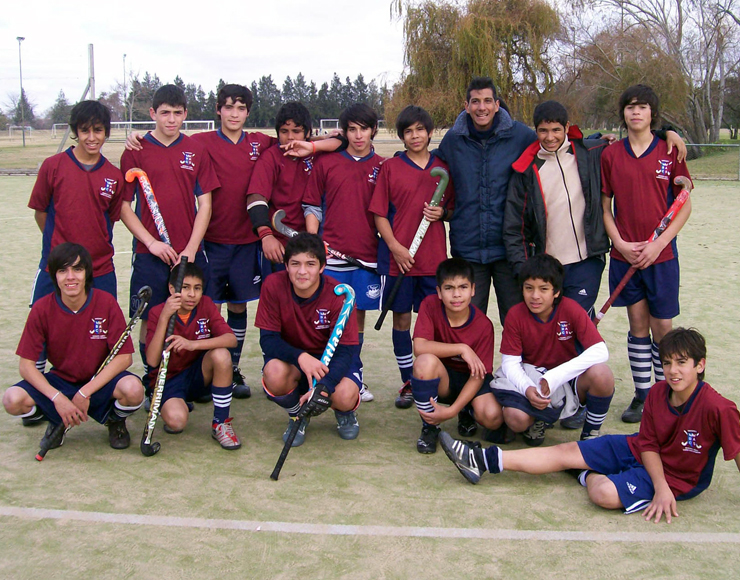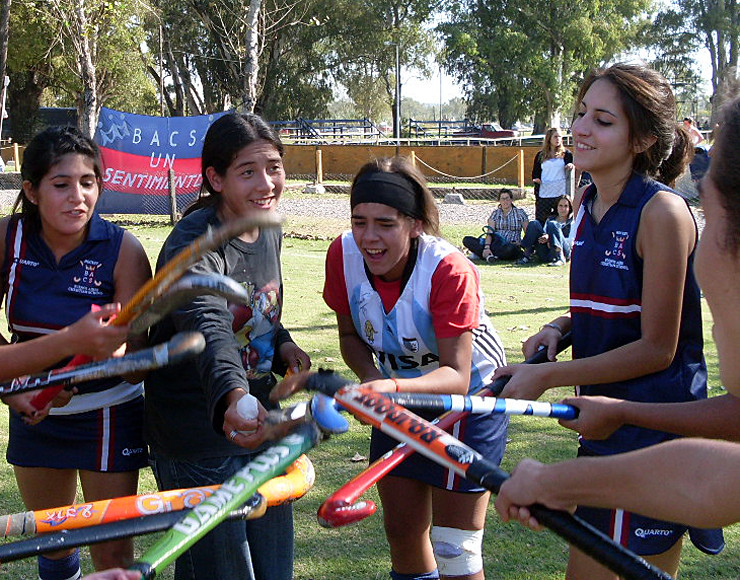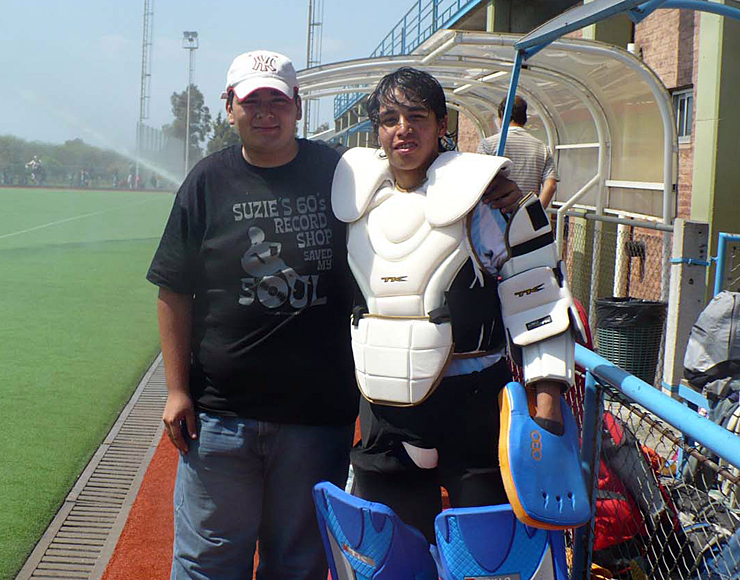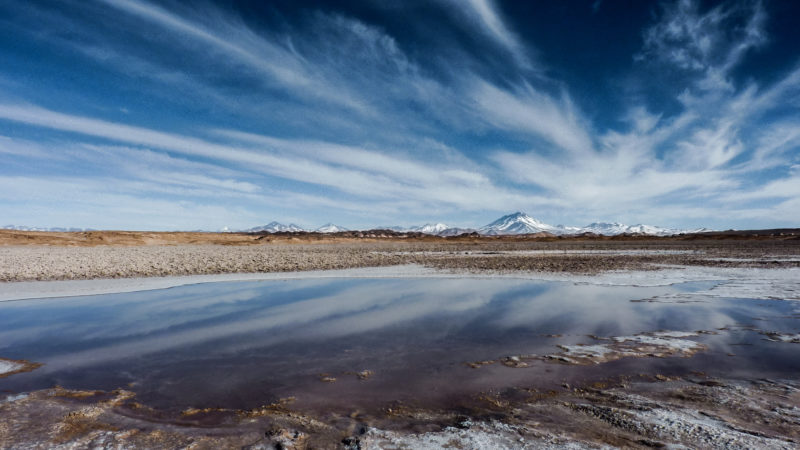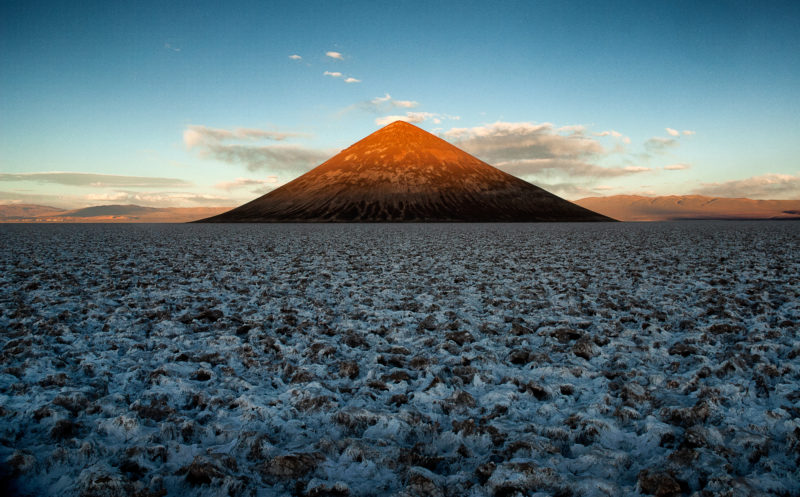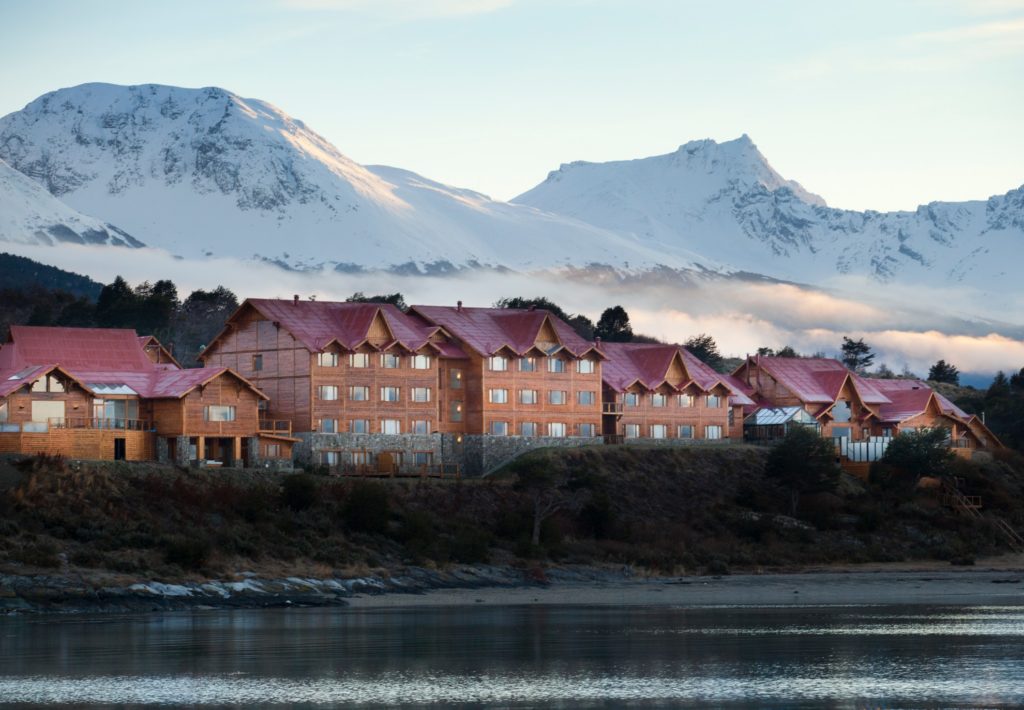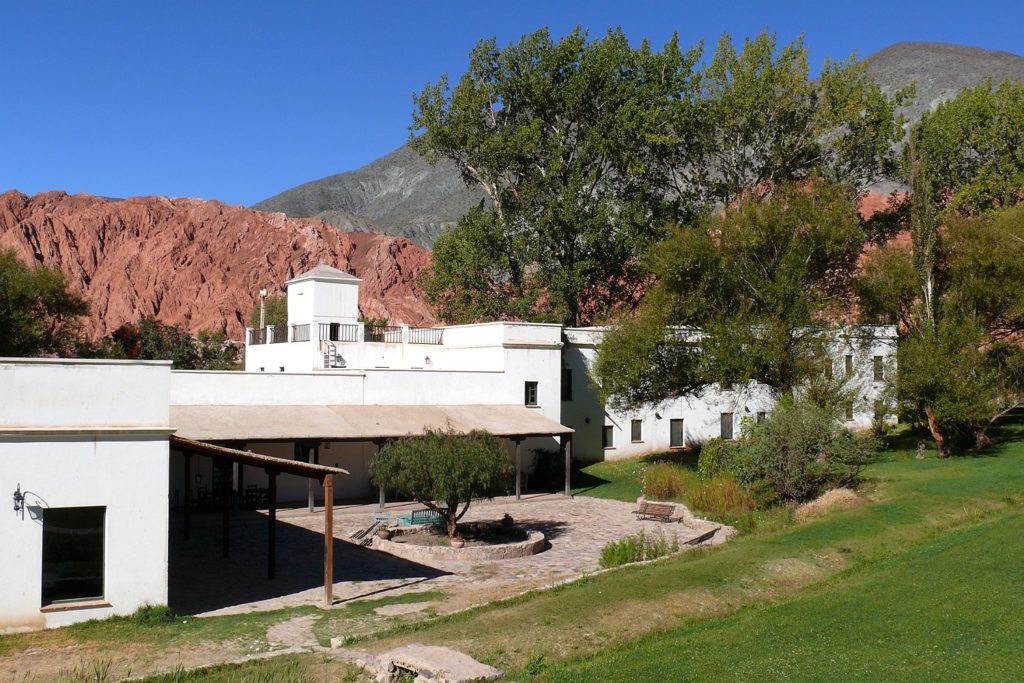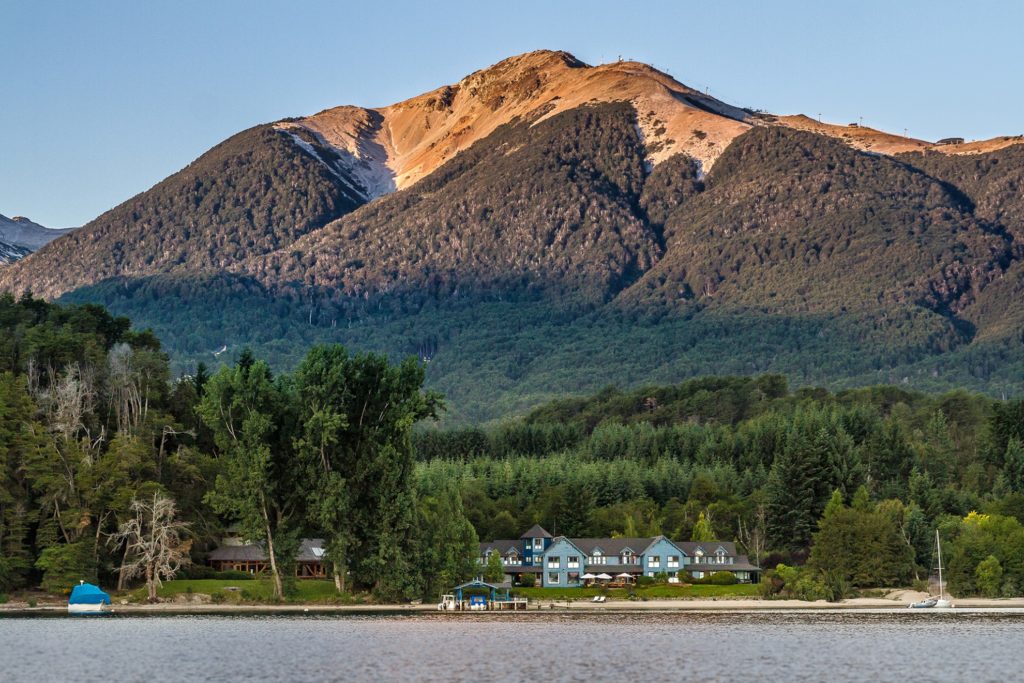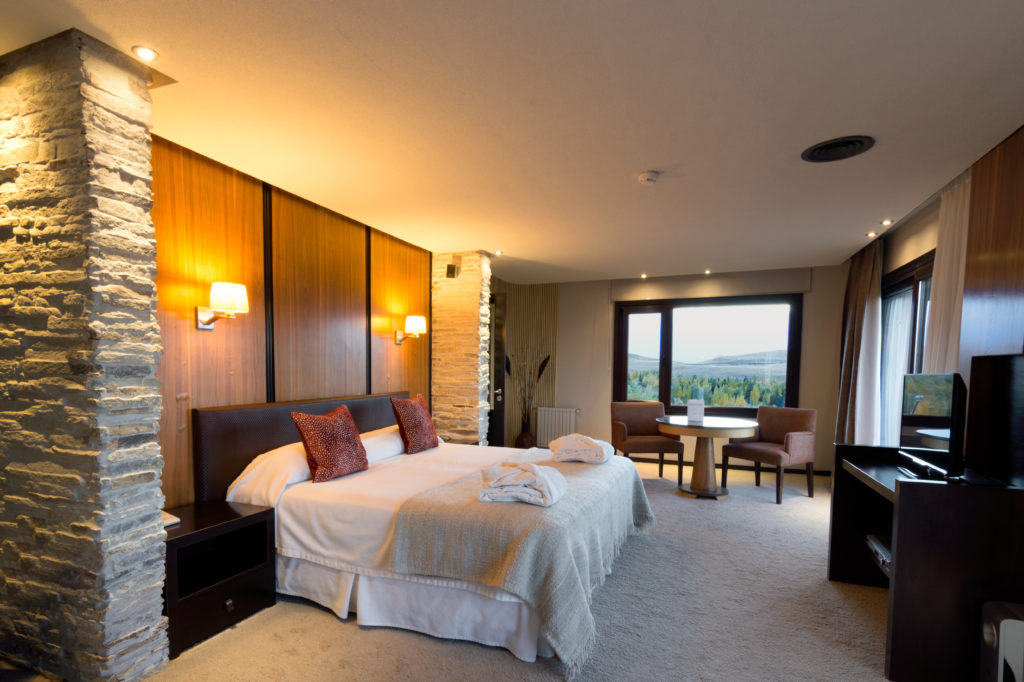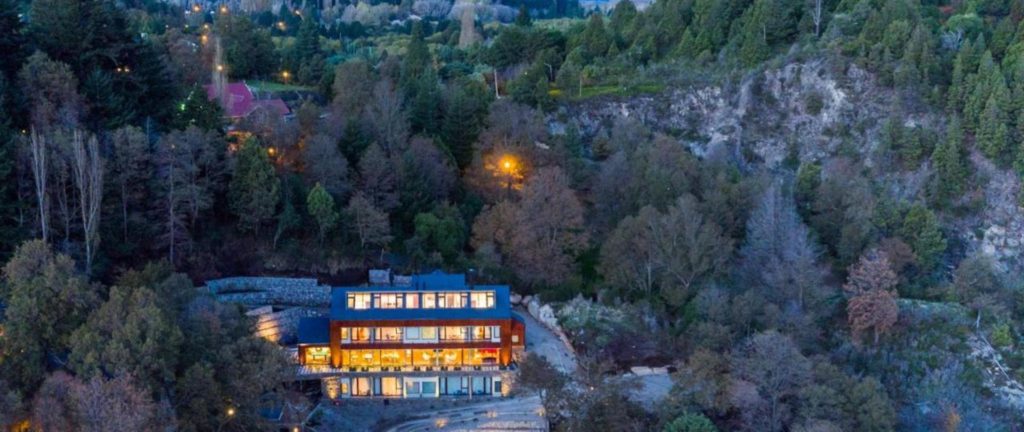Quick Facts
| Name | Argentina Republic |
| Population | 43 million |
| Capital | Buenos Aires |
| Language | Spanish |
| Currency | Argentine Peso (ARS) |
| Time Zone | UTC -3 |
| Flag |
|
Climate
Argentina’s climate varies from region to region due to the country’s size (it is the eighth largest country in the world!). The northern region can sometimes be the host to extreme heat, while the capital, Buenos Aires and the Pampas in the centre remain quite temperate and Patagonia displays sub Antarctic cold in its glacial regions.
Buenos Aires and the Pampas have quite a temperate climate which is cold in the winter and hot and humid during the summer.
The Andes region is cool in the summer but very cold in the winter. The same goes for Patagonia.
The desert region can reach temperatures as high as 50°C in the summer and become quite cold in the winter.
Culture
In many ways, Argentina is the “Europe of Latin America” as it has been greatly influenced by Italian, Spanish and German immigration. Many big cities and even small villages are characterized by their European nature.
Tango is one of Argentina’s biggest contributions to the world and you must give it a go while here! It is a steamy dance like no other and free lessons take place in various public places around big cities. Football soccer is another emblem of the country’s lifestyle and Argentines are passionate about it!
Gastronomy
Argentina is known for its beef-oriented cuisine. Grilled meat, beef ribs and steaks are eaten on an almost daily basis. A common condiment is Chimichurri (a sauce of herbs, vinegar, and garlic).In Patagonia, lamb and goat are consumed more commonly than beef.
Lunch is the biggest meal in Argentina because dinner takes place quite late (around 9 or 10pm). This is common in many Latin American countries.
Because of the huge population in Argentina that are of Italian descent, pizza is another common meal and is taken quite seriously! Argentinians often regard their pizza as being better than the one in Italy. Gelato is also easy to find around the cities.
And for dessert: dulce the leche (“milk candy”), which is used to fill cakes and pancakes and also eaten over toast.
Transportation
By Plane
Domestic flights are abundant but often quite pricey. In addition to the cost, the price of tickets is often doubled for non-residents. The main airlines are Aerolíneas Argentinas and LAN Chile. There is a budget airline option similar to Ryanair called LADE, with fixed prices which are usually very cheap but hard to get as they get booked almost instantly, especially during the holidays. LADE is a great option if you wish to fly but it is important to keep in mind that their flights are often delayed (even for a day or two!).
By Bus
The bus network in Argentina is extensive and the buses are quite comfortable, especially those that are used for long distance travel. There is a good amount of legroom available and food is often served on board on buses that are due to travel longer than 200 kilometers. For this reason and the fact that domestic travel can be quite pricey, getting around Argentina by bus is one of the most common methods. However, it is important to keep in mind that it is a huge country and sometimes you might have to spend more than fifteen hours in a bus to arrive to your destination.
By Train
Rail networks are very limited and the trains are often slow and not very comfortable. However, prices are extremely cheap so it remains a good option for those on a tight budget. The rail network is not very extensive but it does go from one major city to another major city a few times per week (i.e. Ferrobaires train company departs from Buenos Aires to Córdoba twice per week).

